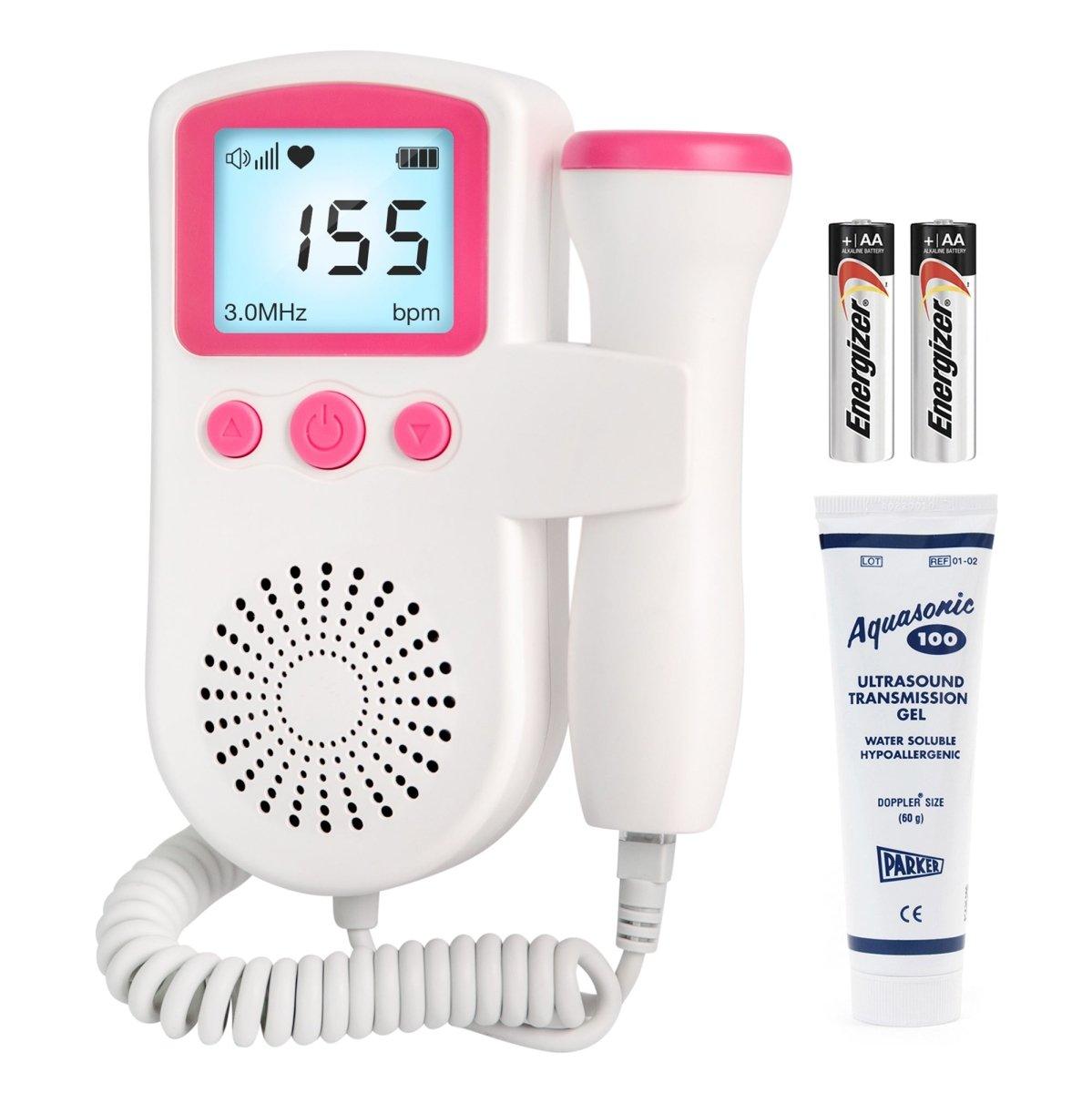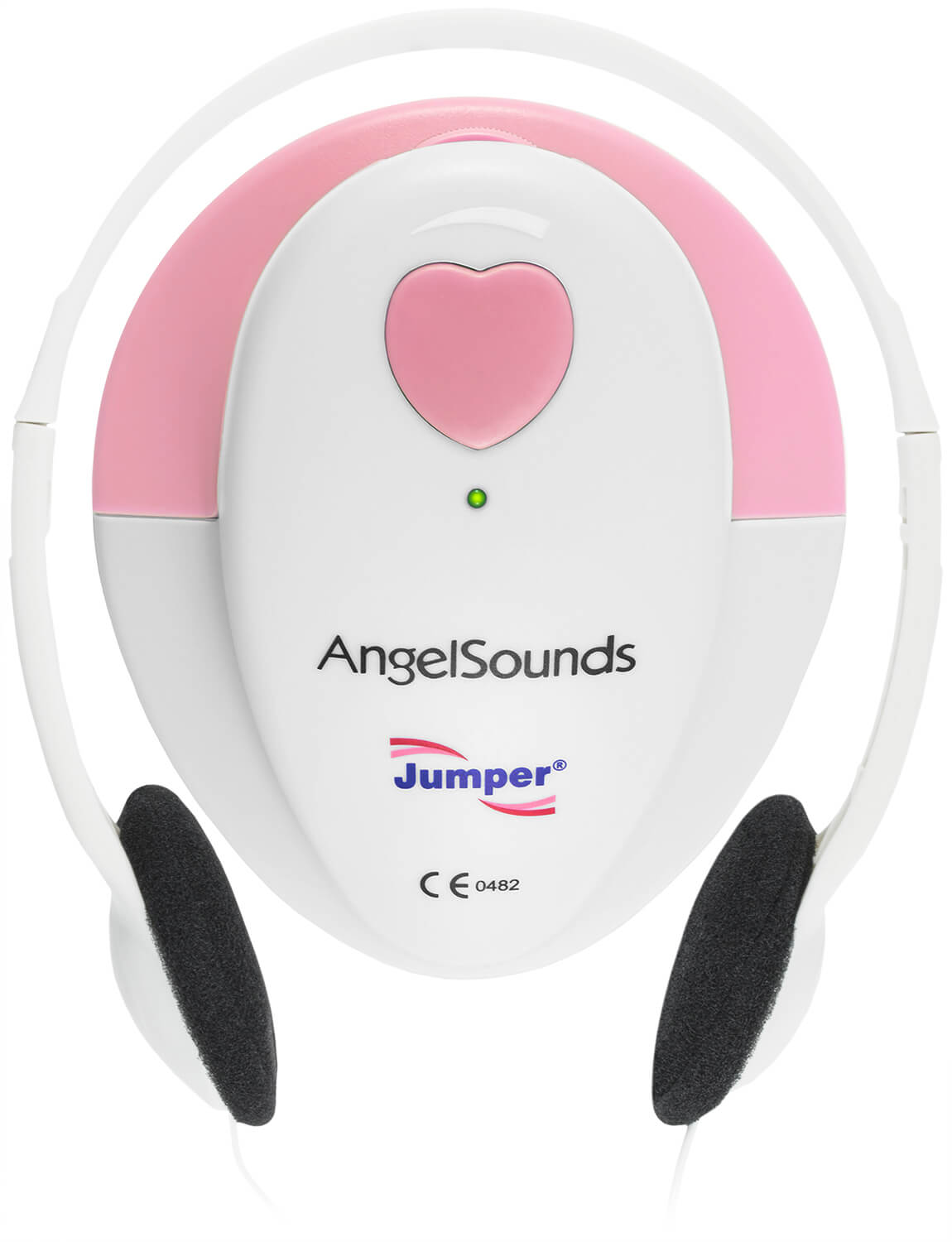Discover the Topical Pain Lotion Remedy You Required for Rapid Alleviation
In the world of taking care of pain and looking for relief, the world of topical pain creams offers a varied selection of alternatives to discover. These specialized lotions are made to target details locations and give fast-acting alleviation, but navigating the myriad of choices can be daunting. Comprehending exactly how these lotions function, the vital ingredients to look for, and the most effective application techniques can make a considerable difference in your discomfort monitoring regimen. When it pertains to locating the ideal topical discomfort lotion option for your requirements, it's vital to consider elements such as effectiveness, formulation, and total efficiency. The mission for the perfect discomfort relief remedy waits for.
Advantages of Topical Discomfort Creams
When looking for alleviation from localized discomfort, topical discomfort creams use a convenient and efficient option. These lotions are designed to be applied straight to the skin over the damaged area, enabling for targeted discomfort alleviation without the need to ingest medication by mouth. Among the key benefits of topical discomfort lotions is their capacity to deliver active ingredients straight to the website of discomfort, bypassing the digestive system and potentially minimizing the risk of systemic adverse effects.
In addition, topical discomfort creams are typically fast-acting, giving fast relief to the affected area (pain cream). This fast beginning of activity can be specifically advantageous for individuals experiencing severe pain or pain. In addition, several topical discomfort creams are formulated with components that have anti-inflammatory buildings, further aiding suffering relief by decreasing swelling and inflammation in the affected area
How Topical Pain Creams Work
Topical pain lotions work by directly targeting the resource of pain through their application to the affected location, helping with localized alleviation without the requirement for oral intake. Menthol creates an air conditioning feeling that distracts from the discomfort, while capsaicin, derived from chili peppers, aids minimize pain by diminishing a neurotransmitter called material P.
When soaked up, the active ingredients conflict with the transmission of discomfort signals, reduce inflammation, or modify the understanding of discomfort by the nerves. Unlike dental medications, topical pain lotions supply targeted alleviation without circulating with the blood stream, decreasing systemic side effects.
Key Components to Seek
Application Tips for Best Results
Enhancing the application method of a topical discomfort lotion is critical for achieving the most effective possible lead to discomfort alleviation. To begin, make sure the skin is tidy and completely dry prior to using the lotion. Cleaning the area with moderate soap and water, then patting it dry carefully, assists the cream permeate the skin successfully. Next off, take a percentage of the topical pain cream and apply it to the affected location. It is essential not to massage the lotion in also strongly; rather, carefully massage it into the skin until it is fully absorbed.
In addition, always clean your hands thoroughly after applying the lotion to avoid inadvertently moving it to sensitive areas such as the eyes. Be regular with the application schedule suggested by the item instructions to optimize the advantages of the topical pain cream.
Selecting the Right Item for You
When considering the choice of a topical discomfort cream that finest fits your requirements, it is important to examine the specific requirements of your discomfort relief goals. Start by determining the kind of discomfort you are experiencing, whether it be muscle pain, joint discomfort, arthritis, or other conditions. Various topical creams are formulated to target certain kinds of discomfort, so understanding your pain source is important in selecting the ideal item.
Following, take into consideration any kind of sensitivities or allergies you may need to certain ingredients commonly found hurting lotions, such as menthol or capsaicin. Reviewing the item tag carefully and doing a spot examination can aid protect against any kind of negative responses (pain cream). Furthermore, take into consideration the fragrance and texture preferences you have, as these can affect your overall experience with the lotion
Finally, seek advice from with a healthcare professional or pharmacist for recommendations based upon your visit site individual requirements and case history. They can supply useful insights and overview you in the direction of a topical pain cream that straightens with your discomfort administration goals. By thoroughly assessing these factors, you can pick the most suitable topical discomfort hanker reliable alleviation.
Conclusion
To conclude, topical discomfort creams supply a reliable and quick solution for discomfort relief. By understanding exactly how these creams job and the essential active ingredients to try to find, individuals can discover the right item to suit their demands. Applying the lotion correctly and continually can cause optimal results. It is important to select an item that lines up with your specific pain problems for the finest possible result.
When looking for relief from localized pain, topical discomfort creams use a convenient and reliable option (pain cream). Additionally, several topical pain creams are created with right here ingredients that have anti-inflammatory residential properties, additionally assisting in discomfort relief by minimizing swelling and inflammation in the damaged location





